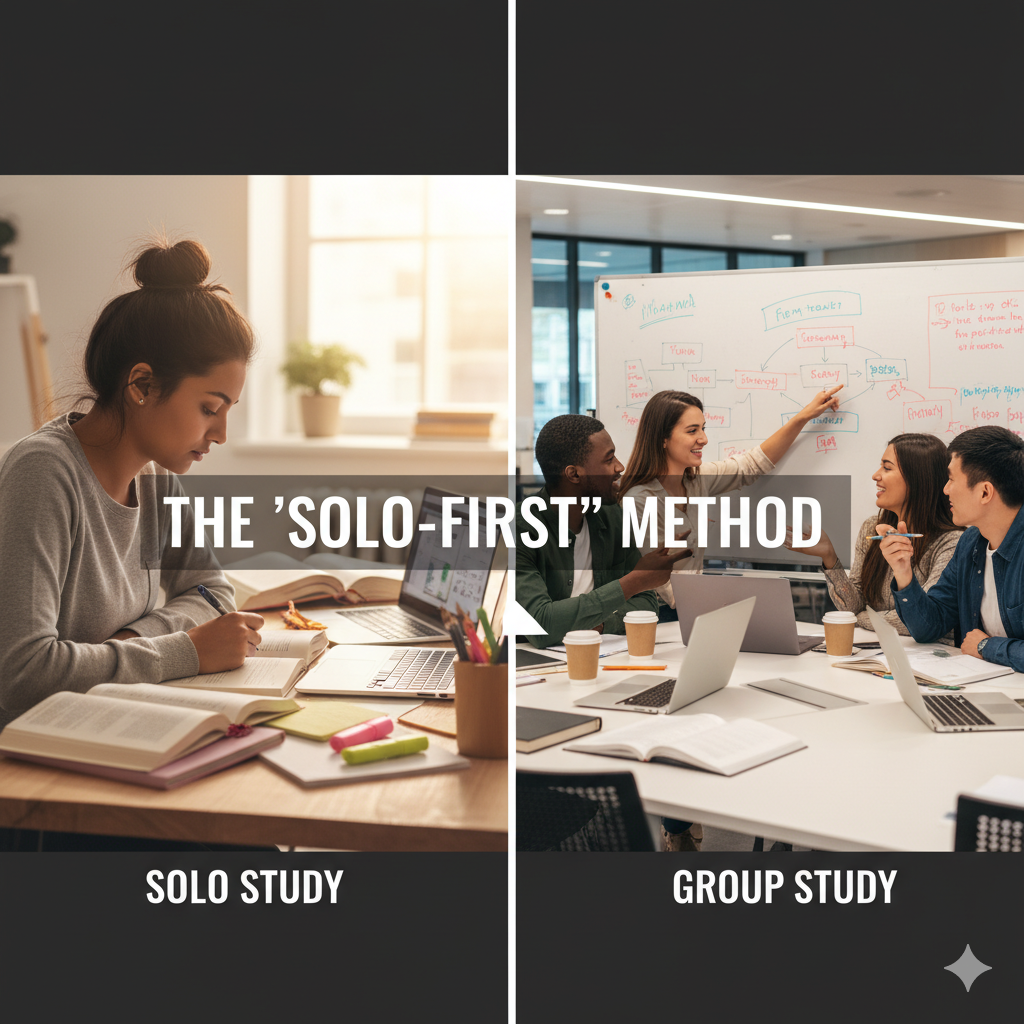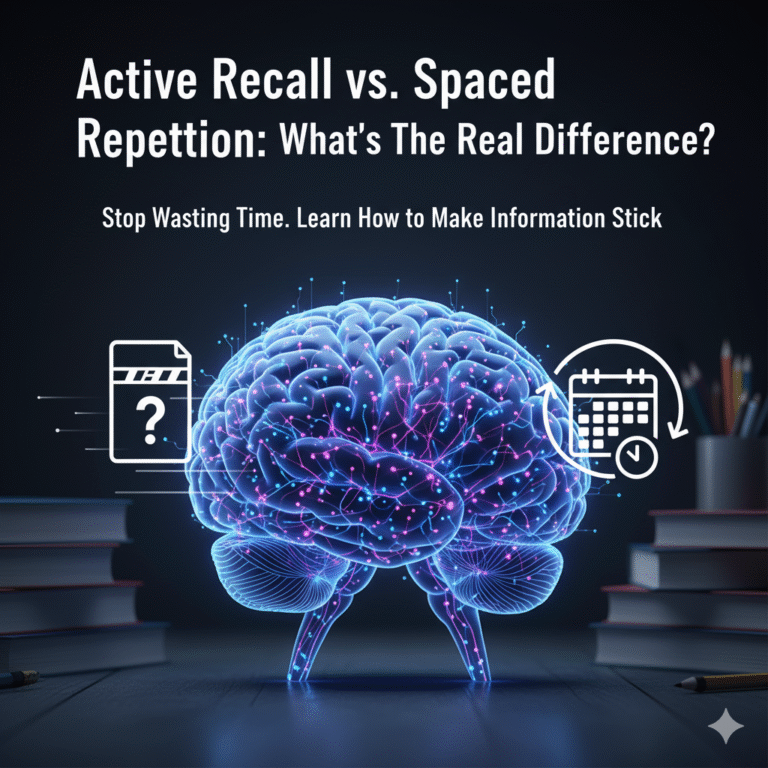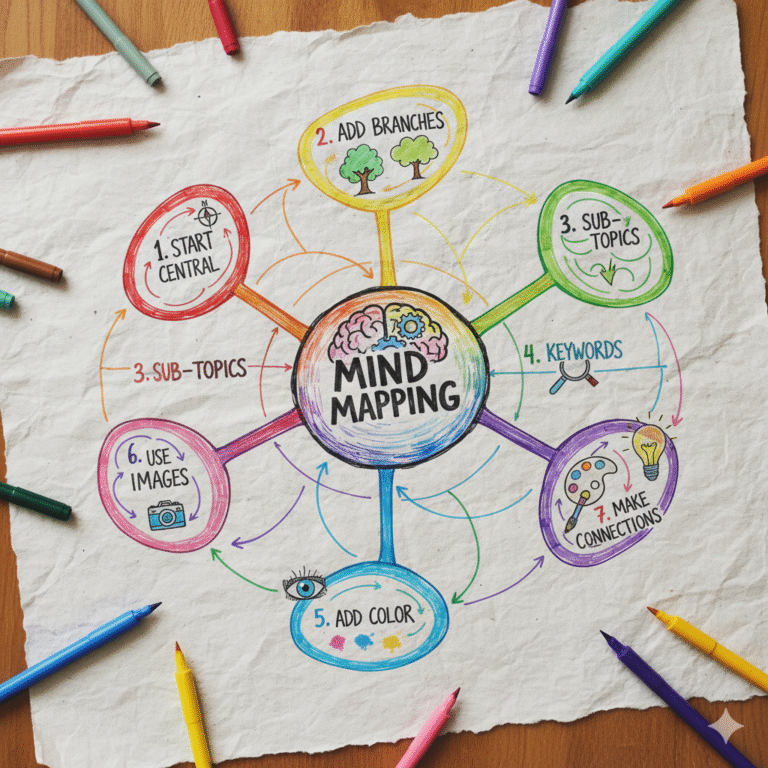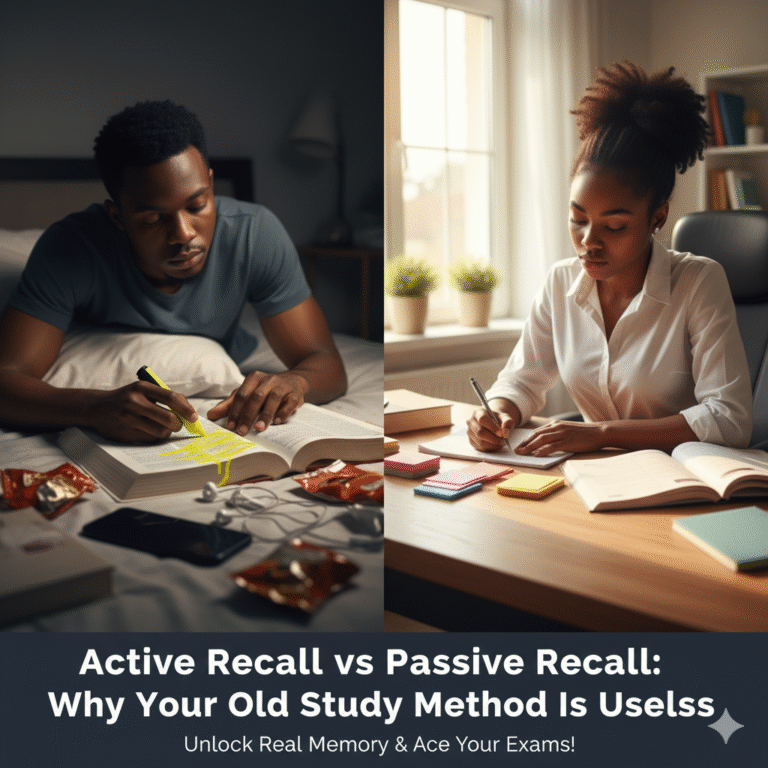what is a better method, group study or self study?
what is a better method, group study or self study?
I’ve watched countless study groups dissolve into chaos. It usually starts about 20 minutes in. The pizza arrives. The phones come out. Suddenly, a session meant to cover quantum mechanics becomes a debate about a new movie, and the person who actually did the reading just sits there, defeated.
The result is always the same: wasted time and zero learning.
This is why the eternal question—what is a better method, group study or self study?—is so damaging. It’s the wrong question. It’s a trap that makes students pick a “side,” when the truth is that most students are doing both completely wrong.
The real answer isn’t “either/or.” It’s a specific, hybrid approach. I call it the “Solo-First” method, and it’s the only one I’ve seen consistently produce A’s.

Why Most Study Groups Are a Waste of Time
Let’s be blunt: for most students, most of the time, the traditional study group is just social-anxiety-fueled procrastination.
We’ve all seen them. The group of six students huddled in a library corner, “studying” for four hours, and retaining absolutely nothing. They fail for a few predictable reasons.
The “Pooling of Ignorance” Problem
This is the #1 issue. Five students show up, none of whom have actually done the reading, all hoping someone else has the “answer.” What you get is a “pooling of ignorance,” where one person’s misunderstanding gets amplified and spread to four other people. Everyone leaves more confused than when they arrived.
Social Loafing and Distractions
It’s human nature. The academic term is “social loafing“—the idea that people in a group exert less effort than when they’re alone. Why try hard when you can hide in the back?
Add in the constant, unavoidable study distractions from phones, side-conversations, and scheduling debates, and the session’s focus and concentration are doomed before they begin.
The Non-Negotiable Power (and Pitfall) of Self-Study
This is where real learning begins. You, the textbook, your notes, and a quiet room. The advantages of self study are immense, and they are non-negotiable.
You Control the Pace (Personalized Learning)
This is the big one. You’re not tied to the slowest person in the group or intimidated by the fastest. If you need 40 minutes to truly understand a single, dense page, you take it. If you mastered a concept in 10 minutes, you move on. This level of personalized learning is impossible in a group. It allows you to focus on your specific weaknesses, which is the only real path to academic performance.
The “Echo Chamber” Trap
But here’s the killer. The biggest risk of only studying alone is the echo chamber.
I’ve seen some of the most diligent students fall into this trap. They’ll spend 10 hours in the library, diligently mastering a complex concept… the wrong way.
They have no one to check their blind spots. No one to poke holes in their logic. They become 100% confident and 100% wrong. This is the Dunning-Kruger effect in action, and it’s devastating on exam day when they realize their entire foundation is flawed.
The “Solo-First” Hybrid: The Only Method That Works
This brings us to the solution I’ve seen work for hundreds of students, from frantic freshmen to burnt-out grad students.
It’s not about choosing sides. It’s about a process. The thesis is simple:
Self-study is for learning the material. Group study is for testing it.
This is the “Solo-First” method, and it flips the entire script. It takes the best of individual study benefits and combines them with the actual purpose of collaborative learning.
Step 1: The ‘Solo’ Foundation (The 90% Work)
This is non-negotiable. You must never go to a study group to learn the material for the first time. That’s what reading, lectures, and independent learning are for.
In this phase, you do the hard work. You sit alone. You struggle. You get confused. You re-read. You watch videos. Your goal here is to get to a 70-80% understanding of the material.
More importantly, you create a “Stump List.”
This is a running document of every single thing you’re even slightly unsure about.
- “I don’t get why the answer to problem 3 is X.”
- “I’m confused about the difference between these two theories.”
- “Can someone explain this one concept like I’m five?”
This list is your ticket to the group session.
Step 2: The ‘Group’ Stress-Test (The 10% Polish)
Now, and only now, you assemble your group.
This is not a “study” session. It’s a “stress-test” session. It’s a “find-the-flaws” session. The entire purpose is to find the cracks in each other’s knowledge.
You don’t show up to learn; you show up to defend what you think you know.
This is where true collaborative learning actually happens. It’s not learning; it’s refining. It’s turning that 70% understanding into a 95% mastery by patching all the holes the echo chamber created. This is how you get real better for memory retention—by actively retrieving, defending, and correcting your knowledge.
How to Run a Study Session That Doesn’t Fail
A “Solo-First” group session looks totally different from the pizza party I described earlier. It’s efficient, intense, and incredibly effective.
- Keep it Small (3-4 People Max). Any more, and social loafing is guaranteed. You want a small “strike team,” not a party.
- Set an Agenda & a Timer. No more than 90 minutes. Start the timer. When it’s done, you’re done. This forces time management in studying.
- “Stump List” First. The entire agenda is just going through everyone’s Stump List. You don’t “review Chapter 1.” You start with, “Okay, Mike, what’s first on your list?” You attack only the hard parts.
- Everyone Teaches. When a “stump” item comes up, whoever thinks they know it has to teach it. This is the magic of peer teaching (often called the Feynman Technique). You find out instantly if you know something by trying to explain it to someone else.
So, What’s the Real Answer?
So when someone asks me if group study or self study is better, I tell them they’re asking the wrong question.
It’s a false choice.
One without the other is incomplete. The disadvantages of group study (distractions, ignorance-pooling) only appear when you haven’t done the solo work. The disadvantages of self-study (the echo chamber) are only solved by a group.
Self-study builds the house. Group study inspects it for flaws.
You need both.
Stop picking a “side” in a debate that doesn’t matter. The next time you have a big exam, try the “Solo-First” method. Do the hard work of learning alone, then get with a small, focused group to break everything you thought you knew. That’s how you get better memory retention and boost your academic performance.
That’s how you win.
But that’s just my observation. What have you seen work? Leave a comment below and share your worst study group story or your best solo-study hack.







